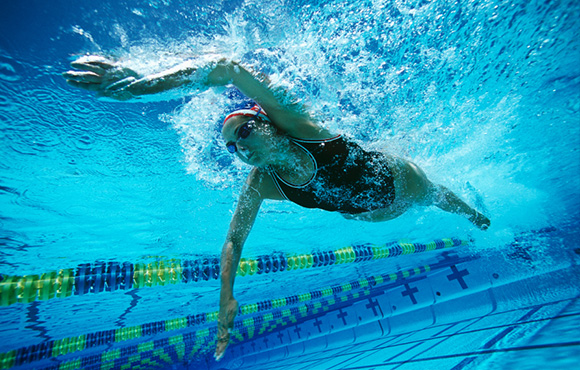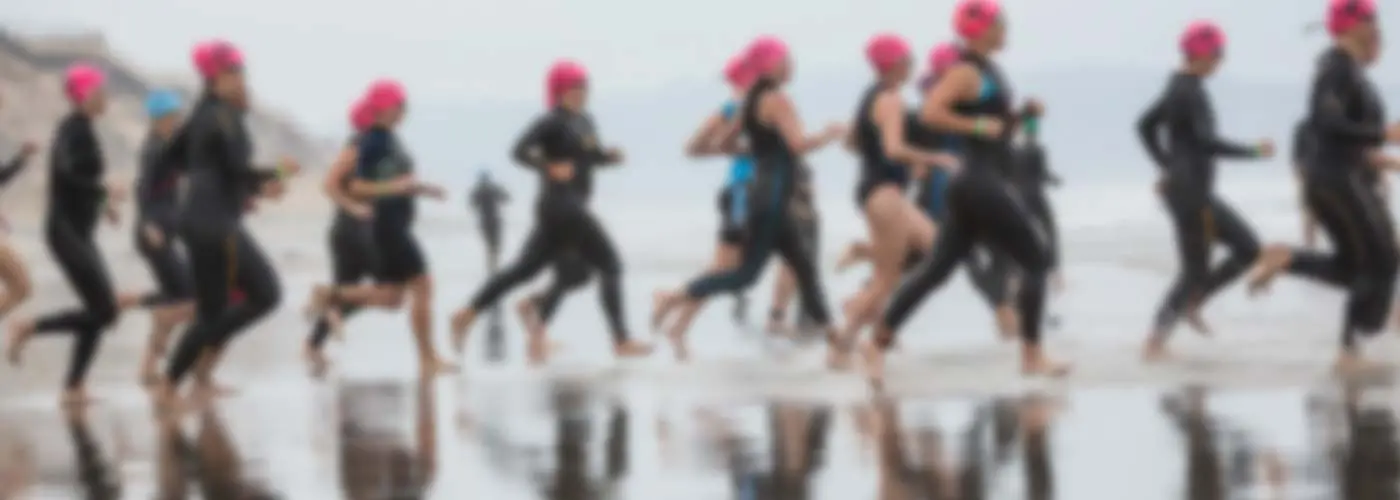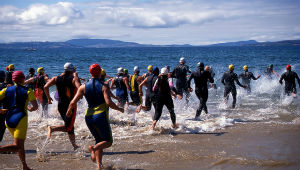If this sounds like a good project for you, here are the guideposts that English advises you follow.
Mentality
1 of 6
You need to set aside one or two swim sessions a week with the main focus on swim technique. This means that you come prepared to focus mentally on your swim stroke and be "conscious" of what you are doing and commit to learning a particular drill or skill. You must let go of the "have-to-get-a-workout-in" mentality that we see all too often in Masters swim groups and triathlon clubs.
Find:
Your Next TriathlonBe Deliberate
2 of 6
English emphasizes that motivation and concentration are what will help carve out a higher level of skill. Be deliberate in both your skill sessions and any additional swim workouts you have within your weekly schedule. English says a common mistake is to show up and "just put your head down to the pool to thrash about and get that workout in, then you are reinforcing a poor stroke in a big way." Attentive, mindful repetition is the key, he says. The first step is to make absolutely sure that you are performing a drill or skill with the correct technique. Then repeat and repeat and repeat, as perfectly as possible.
Find:
Your Next TriathlonPatience
3 of 6
Don't expect overnight results when it comes to overhauling or refining a technique. "It takes at least four to six weeks to learn a skill and make it your own. Whether it is working on your head position, eliminating a catch up style stroke or trying not to drop your elbow it will take time to learn and then 'over learn' that skill so that it becomes second nature and totally ingrained and automatic," says English.
Find:
Your Next TriathlonAwareness
4 of 6
You have to put in a concentrated effort to get a clear picture of what you're actually doing or not doing. "A large part of being successful with being able to learn new skills depends on the athletes' own level of kinesthetic awareness," he says. A great way to do that is to frequently review video of your swimming—even within a workout.
"Record a quick 50m of footage then take a look at what the stroke looked like and then head back in and continue swimming. This can be repeated throughout the swim session and is a great way to learn a swim skill and really get an idea of what you are doing.
Find:
Your Next TriathlonEnergized Purpose
5 of 6
"Every session has a purpose and a focus," English says. Be charged up with intent—a clear mission—when you begin to execute, be it a drill in the water or a flexibility exercise on the pool deck. "Come to a swim session with the mindset that this is an opportunity to become a better swimmer," he says. "Always make sure there is a high degree of specificity in the exercise and that you execute the drill well."







Discuss This Article